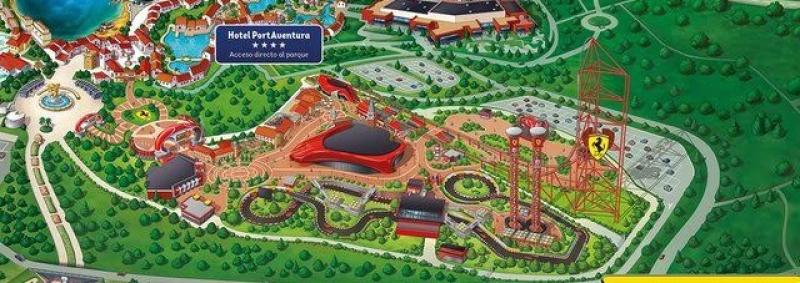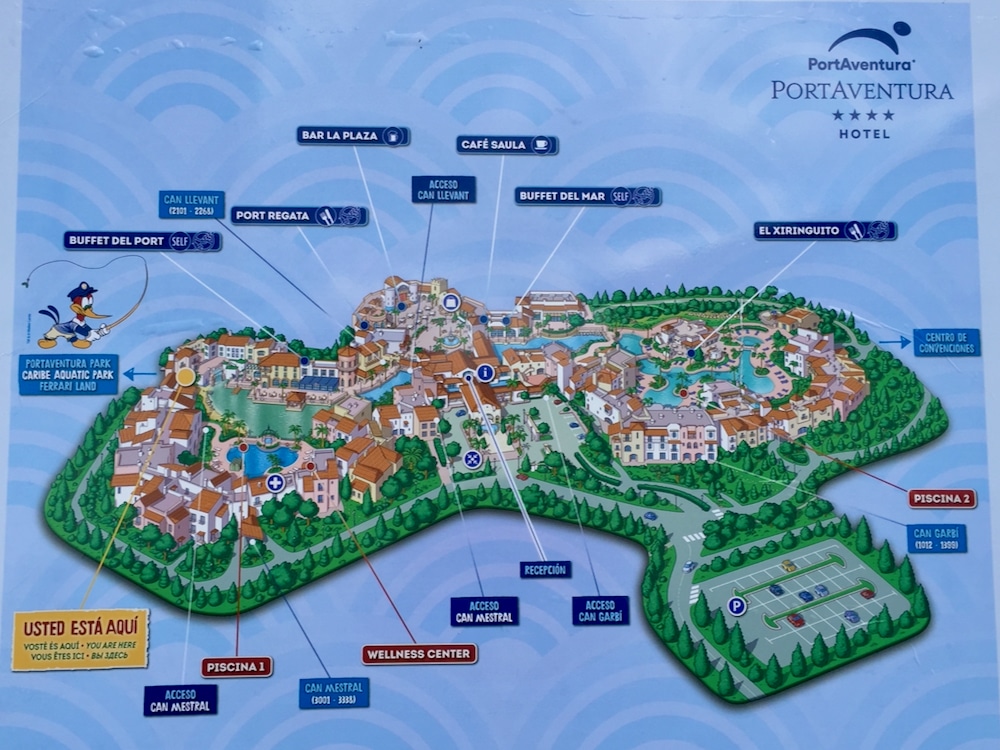

The database’s logical schema was finalized after conducting interviews with farmers and leaders of the regenerative movement in Ventura County, CA.
#Port aventura map pdf professional
The initial database design was informed by an extensive literature review of record keeping technologies in agriculture as well as the author’s professional experience working on regenerative farms. The objectives of this research are to design and create a functional demonstration of a spatial database for agricultural record keeping that is tailored to the needs of regenerative farmers. A spatial database can be a powerful tool for organizing, accessing, and analyzing farm data. Despite regenerative farms having more complex record keeping needs than industrial (monoculture) farms, they are not well supported by existing farm management software. Identified by polycultures of plants and animals, regenerative farms are made up of complex interrelated systems and face challenges with data management and record keeping.
#Port aventura map pdf download
You can also request information and download a free brochure here. Interested in learning more about USC’S GIS programs? Visit our GIS program site and blog. Use the “Domain Science” drop-down menu and the “Topic Keyword” search box to identify thesis projects by topic. Students also have contributed innovations in a wide range of topics, including urban planning, sustainability, public health, emergency services, archaeology, environmental sciences and more. Read about their thesis projects in a variety of GIST specialty areas by filtering with the “GIST keyword” drop-down menu below. Students have contributed work in a wide variety of specialty areas in GIST, ranging from cartography to spatial databases and application development.

We’re sincerely proud of the work that our students have done, and links to their published GIST theses are listed below. in GIST program have the opportunity to complete an independent, professional research-based work on a topic of their choice. Working closely with a faculty advisor and faculty advisory committee members, students in USC’s M.S.


 0 kommentar(er)
0 kommentar(er)
